Blog 1. Jan 4th, 2019
I attended a talk recently where L&D heads of various organisations came together to discuss the Future of Leadership Development. The main discussion was “where we are” and “where we aspire to be in the next 10 years”. Everyone was talking DIGITAL and AI. There was also AGILITY; a need that organisational HR Heads present there, kept going back to, again and again.
The Cambridge dictionary defines AGILITY as the ability to move about quickly and easily. For the last two decades, organisations in India have been training their businesses to respond with swiftness in the ever changing market conditions. Business Agility has been a trait that we have trained ourselves in, for the last two decades. Processes had been adopted which allowed continuity of business even in adverse situations.
As a qualified BCP/DRP (Business Continuity Plan/ Disaster Recovery Plan) facilitator, way back in 2002, when I worked at GECIS, was one such example of how businesses moved towards being agile. There were people who were skilled In various tasks that would ensure that the business did not suffer, the data didn’t suffer etc. There were drills that were carried out to see how fast the business could start operations in a different geographic location. A very regimented way. It was quite fascinating to watch.
These processes, naturally, started putting mechanistic orders in place. That was the aim. We all understand that Processes succeed. But there was a problem. Business Agility was making businesses fluid but the people who were a part of the business were becoming rigid and losing their own creative spark. That is one downside to processes. Personal creativity and passion takes a back seat. Pandit Nehru’s speech of Independence at the dawn of Aug 15th, 1945 marked the era of an Industrial thought process. He spoke about the future, about industrialisation, about hard work, about progress. There was little to no mention about the struggle of independence. The vision was progressive and futuristic and mechanistic.
In Europe too, around the same time, post the World War 2, countries were determined to rebuild themselves and saw an industrial way to be the direction to progress. Once again, a mechanistic vision.
The definition of agility is changing again. And it is becoming people centric, rather than being fixated on Business Agility. Organisations today have started realising that people are not just resources or assets, but are people. Organisations are beginning to see that any mechanistic process that hampers creative input is not beneficial to the employee and hence forth the business. Organisations want to behave better with their employees.
What do organisations need to do to cultivate agility as a strength in their employees?
A Creative Corporate Culture
We need to stop teaching people creativity as it is a natural skill. For creativity to emerge, we need to just allow a safe, non-judgemental space where people can experiment and exercise their minds. Once a free space is given, then specific creative skills can be taught. But first, the leadership should be committed to creating a culture of embracing creativity, across boards. Click here to read about Creative Corporate Culture.
Invest in personal lives
Organisations use their employees for over 20 hours, in a 10 hour day. If organisations start investing into the personal lives of their employees, the employee would be free to allow himself or herself to work better. If organisations invest in their employees’s passions, they are going to fuel the fire that makes the employee tick. It’s a win-win solution.
Award Failure
This requires organisations and its leadership to start redefining failure – awarding failure as a part of the KRA. The failure needs to be relooked not as unsuccessful attempts but as successful data collection, for what doesn’t work. This will allow people to experiment more and finally think out of the box.
Authenticity
Authenticity is an under rated trait. It has been, for many decades. The “Ji Hazoori” which still goes on rampantly in organisations are a continuous reminder of our feudal past. For people to be authentic, this would need to stop. People should be offered a safe space to be authentic with themselves and others, and QUESTION, the constructs of the mind.
It is imperative that organisations start looking at their processes also from an organic and holistic process where the employee and all related people are at the centre of their existence, down the value chain. Happy employees make happier organisations!
Once the organisations commit themselves to being organic and holistic in their employee vision, specific training and learning interventions can be used to train the people in specific skills. I will write about these specific skills that people can start working on, for themselves, in a separate blog.
 Vikram Badhwar, CEO, Syngrity, is a communications coach, an experiential educator, and an artist trying to bridge the gap between the creative and the analytical side of our brain. He consults individuals and teams in the space of learning & development to enable transformations at a personal, professional and organizational level.
Vikram Badhwar, CEO, Syngrity, is a communications coach, an experiential educator, and an artist trying to bridge the gap between the creative and the analytical side of our brain. He consults individuals and teams in the space of learning & development to enable transformations at a personal, professional and organizational level.



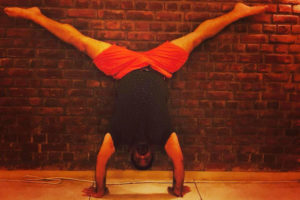




 MALATI VASUDEVA
MALATI VASUDEVA VIKRAM BADHWAR
VIKRAM BADHWAR PRIYANKA KUMAR
PRIYANKA KUMAR SUMAL VARGHESE
SUMAL VARGHESE

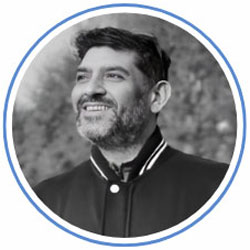
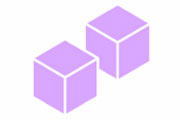









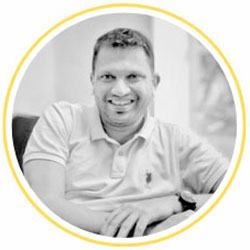

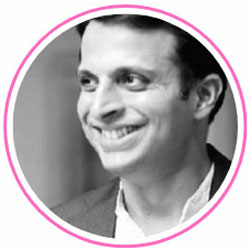
Extremely well written Vikram as always . This mind and attitude shift is the actual need of the hour
Thanks Rushmika.
Excellent read.
Thanks Soumya! The leadership needs to shift their thinking in order to unleash their teams.
Bang on!
Thanks Gunjan.